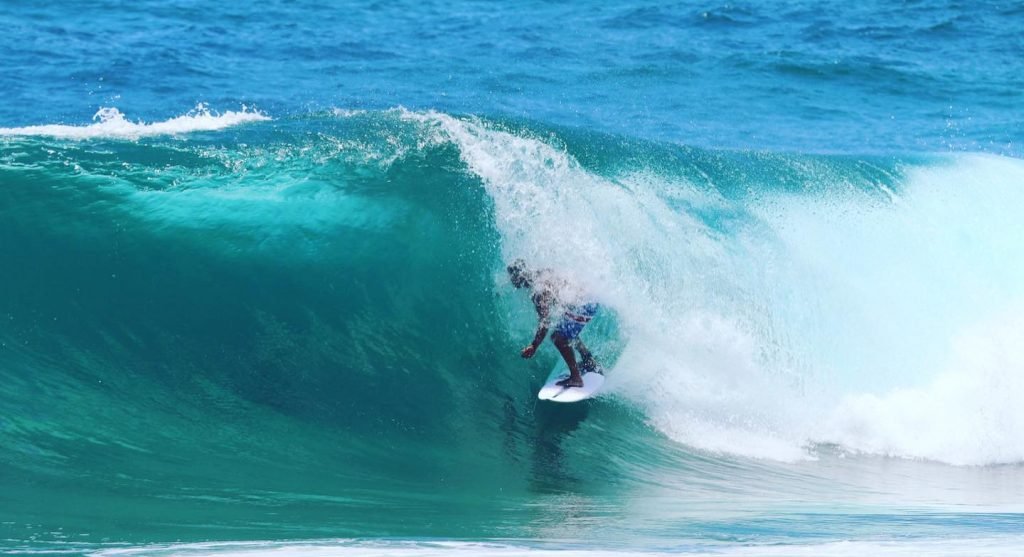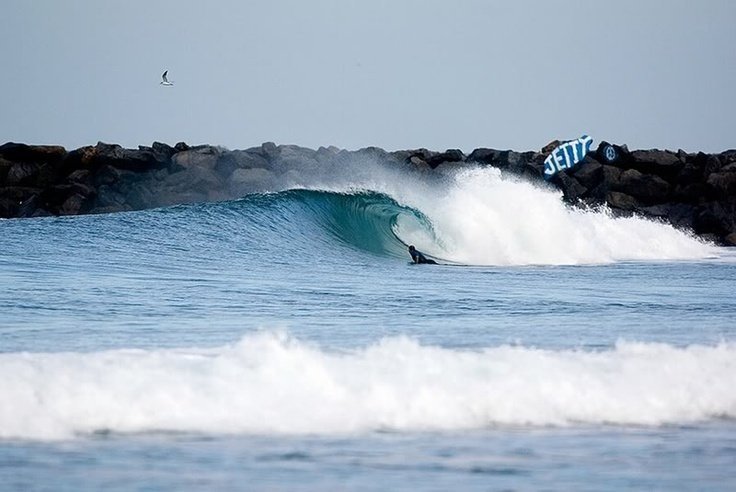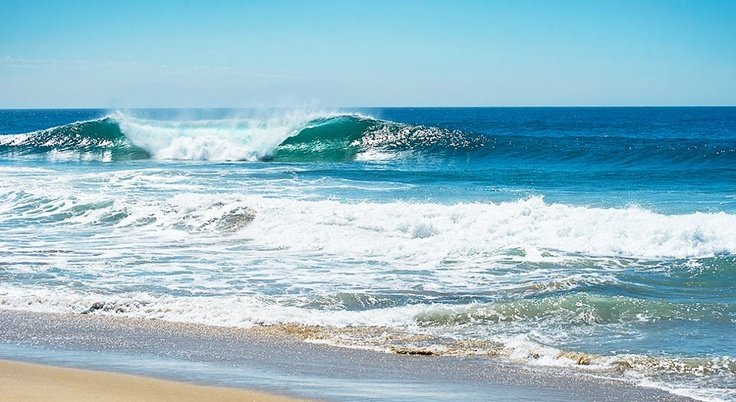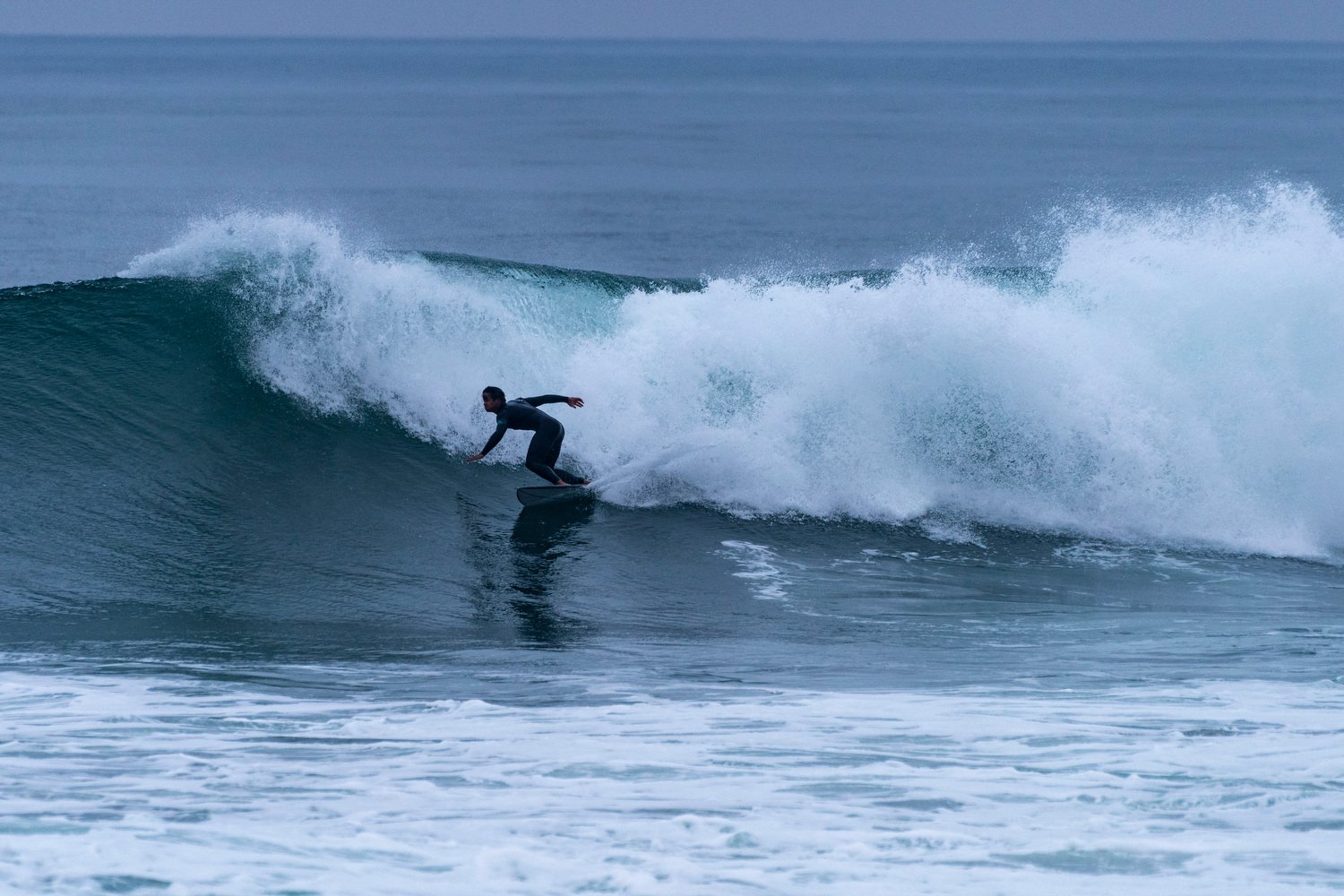Oceanside has the Opportunity to Become a Global Model of Coastal Resilience
The Oceanside City Council approved an innovative sand retention project on January 31, 2024
The winning design created by the Australian firm, International Coastal Management, includes plans for two small headlands to stabilize sand on the back beach and an offshore artificial reef to slow down nearshore erosive forces. This Living Speed Bumps pilot project is custom-designed to restore and retain sand on the City of Oceanside’s beaches on the coast of California.
“Nature-Based Solutions, or NBS, are novel approaches that harness the power of nature to resolve societal challenges like climate change and disaster risk reduction. At International Coastal Management, we are global specialists in NBS, crafting solutions that not only improve coastal resilience, but also biodiversity, water quality, and societal well-being. NBS is an overarching project approach that covers all of our areas of expertise.”
The City of Oceanside’s Coastal Resilience Competition brought together three design teams from around the world in 2023 to develop innovative sand retention pilot project proposals. Visit the RE:BEACH website to learn the details of this competition as well as the description, timeline, and next steps of the chosen and approved Living Speed Bumps design. Subscribe to receive news and updates by email.
“It’s exactly the approach that we want people to take, to bring all the ideas to the table as we are trying to figure out how to adapt to sea-level rise.”
Properly planned retention projects can create world class beaches and waves
When tied to larger urban planning strategies, coastal retention structures can do more than address coastal erosion. They can protect critical economic assets and allow for essential community conversations for long-term planning. Multi-benefit retention structures, such as artificial reefs, living shorelines, and groins, are viable for climate adaptation and long-term resilience efforts.
artificial reefs
Artificial reefs dissipate swell energy, which is the primary cause of rapid and accelerating erosion. While its primary purpose is shoreline protection, artificial reefs can also improve surfing conditions. An emergent crest and two submerged sloping rock edges would allow for a-frame waves, preserving the beach's opportunity for surf. The reef could be constructed with advanced materials that can foster increased biodiversity.
living shorelines
Living shorelines are viable options for areas where broad sandy beaches exist, with room for dunes. This approach combines naturally occurring ecosystems and vegetation with several layers of buried revetment, such as large boulders, to help reinforce the beach. A living shoreline also provides habitats for potentially endangered species. Each coastal site is unique and requires site-specific engineering approaches.
groins
Groins control shorelines by catching and holding coastal sediments. To be successful, a consistent supply of sediment with a sand bypass system must be introduced, to pre-fill the beach with sand while adding more sand into the littoral cell to benefit down-coast beaches. By monitoring wave quality, transformations in biodiversity, and changes to local and neighboring beaches, engineers may adapt groins as needed.













